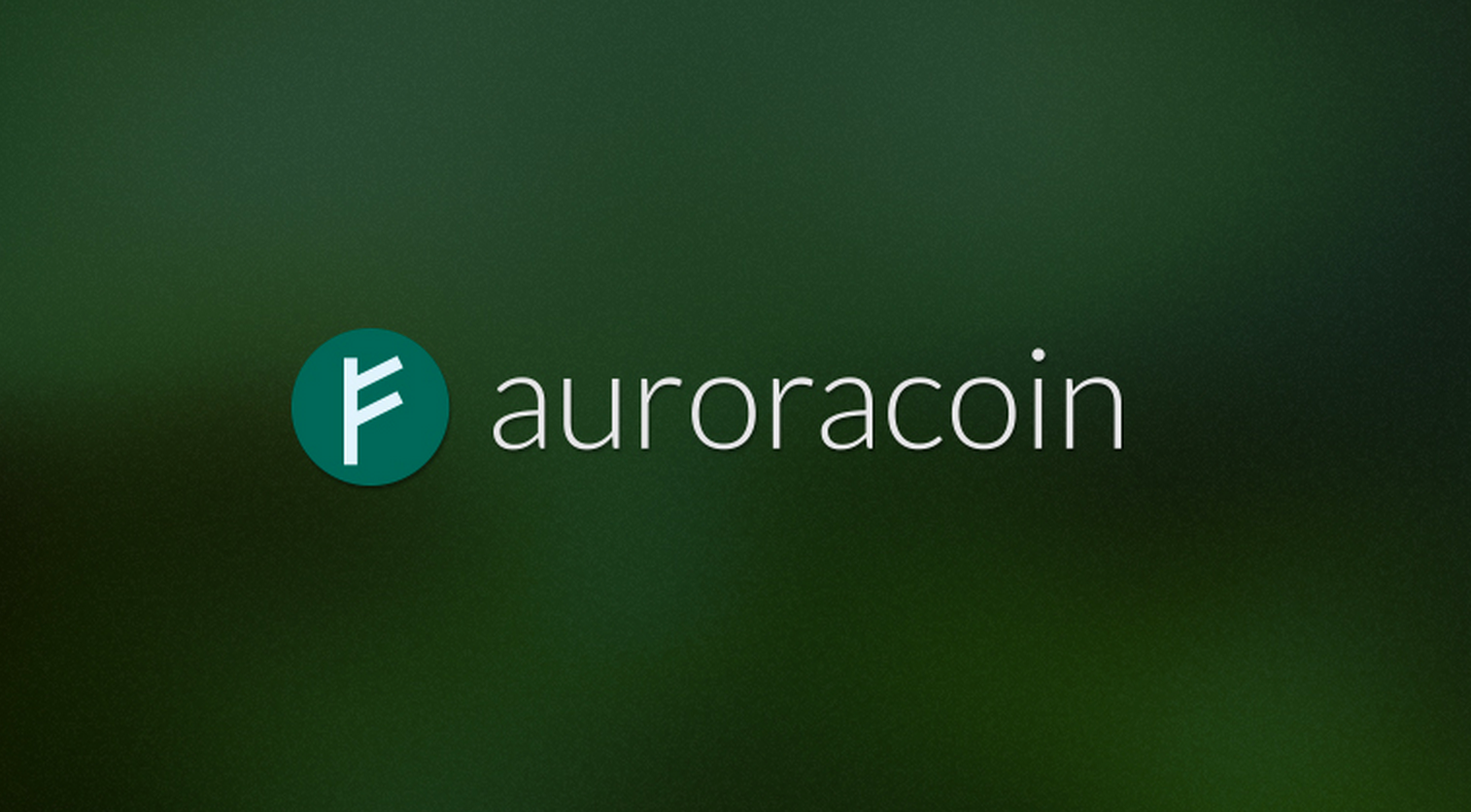In the ever-evolving landscape of cryptocurrency, mining remains a pivotal aspect of acquiring digital assets. One such intriguing cryptocurrency that caught the attention of enthusiasts is AuroraCoin. This decentralized digital currency, like many others, relies on a consensus algorithm known as proof-of-work (PoW) for its creation. In this blog post, we will delve into the intricacies of AuroraCoin mining, providing a step-by-step guide for those seeking to explore this fascinating realm.
Understanding AuroraCoin

Before delving into the mining process, it’s essential to grasp the fundamentals of AuroraCoin. Launched in 2014, AuroraCoin is an Icelandic cryptocurrency designed to be distributed to the citizens of Iceland. The goal was to encourage adoption and usage of the digital currency among the local population. AuroraCoin operates on a blockchain, utilizing the Scrypt hashing algorithm for its proof-of-work mechanism.
Mining Hardware: Choosing the Right Tools
The first step in embarking on an AuroraCoin mining journey is selecting the appropriate hardware. Given AuroraCoin’s use of the Scrypt algorithm, ASIC (Application-Specific Integrated Circuit) miners are not as prevalent as in Bitcoin mining. Instead, miners often opt for GPUs (Graphics Processing Units), which are more readily available and accessible.
To get started, ensure your hardware is equipped with a capable GPU, preferably from reputable manufacturers such as NVIDIA or AMD. Additionally, consider factors like power consumption, as mining can be resource-intensive.
Setting Up a Wallet
Before initiating the mining process, a secure wallet is imperative for storing the mined AuroraCoins. Choose a wallet that supports AuroraCoin and ensure it is backed up securely. This wallet will serve as the destination for your mined coins.
Mining Software: Configuring for Success
With the hardware and wallet in place, the next step involves configuring mining software. Various mining software options are available, such as CGMiner, BFGMiner, and EasyMiner. Select a software that aligns with your hardware and operating system.
Once installed, configure the mining software with the necessary parameters, including the AuroraCoin mining pool information. Mining pools enhance the chances of earning consistent rewards by combining the computational power of multiple miners.
Joining a Mining Pool
Solo mining in the current cryptocurrency landscape can be challenging due to the high level of competition and computational power required. As such, joining a mining pool is a more viable option for most miners. Mining pools distribute rewards among participants based on their contributed computational power.
Research and choose a reputable AuroraCoin mining pool, considering factors such as fees, payout mechanisms, and community feedback. Once selected, configure your mining software to connect to the chosen pool and start contributing to the network’s mining power.
Monitoring and Optimizing
Successful mining requires continuous monitoring and optimization. Keep an eye on your mining hardware’s performance, temperature, and power consumption. Regularly check the mining pool’s statistics to ensure your contributions are yielding the expected rewards.
Additionally, stay informed about updates in mining software, as improvements and optimizations are regularly released. Being proactive in updating your software can enhance mining efficiency and overall performance.
Conclusion
In conclusion, mining AuroraCoin can be a rewarding venture for those interested in the cryptocurrency space. By carefully selecting hardware, setting up a secure wallet, configuring mining software, joining a pool, and staying vigilant in monitoring and optimizing, miners can navigate the intricacies of AuroraCoin mining successfully.
Embark on this journey with a sense of curiosity and a commitment to staying informed, and you may find yourself not only accumulating AuroraCoins but also gaining a deeper understanding of the decentralized world of cryptocurrencies.